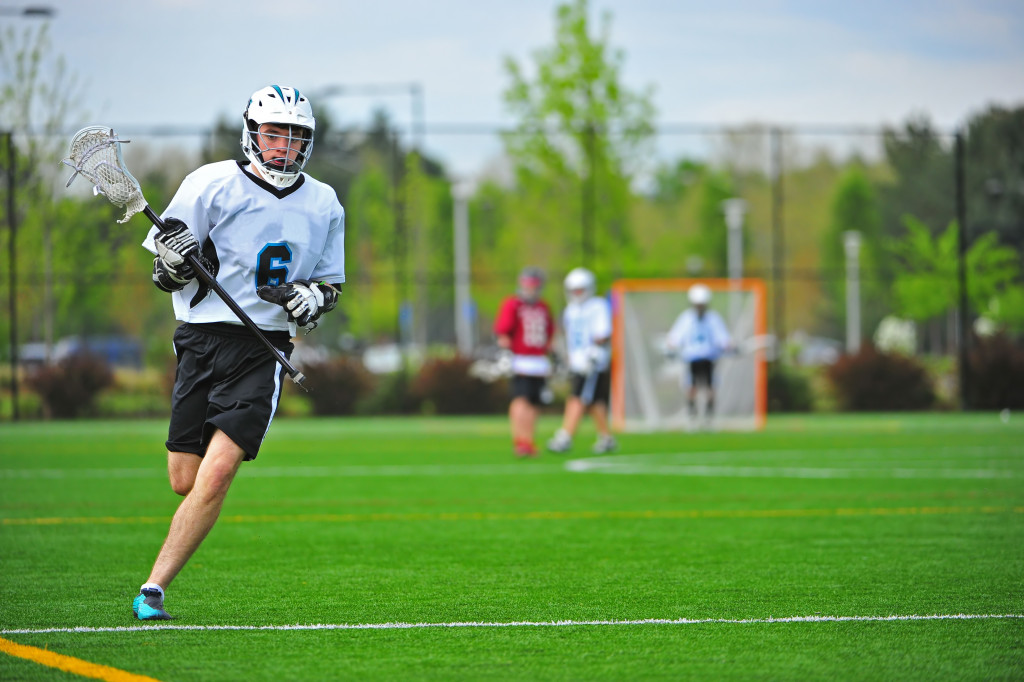- Engaging in recreational sports offers physical, mental, and social benefits, promoting overall well-being and longevity.
- Proper training tailored to your sport enhances performance and prevents injuries.
- Appropriate gear, including protective equipment, sport-specific footwear, clothing, and equipment, ensures safety and enhances performance.
- Understanding injury prevention and management strategies, including professional sports medicine, is crucial for maintaining health in recreational sports.
Participation in recreational sports has countless benefits, many extending beyond the field. According to the World Health Organization, physical activities such as sports can reduce the risk of cardiovascular diseases, diabetes, and certain types of cancer and increase life expectancy. From a mental health perspective, the Department of Health & Human Services asserts that regular physical activity can help manage anxiety and depression. In a 2019 study published in The Lancet Psychiatry Journal, individuals who played sports had 22.3% fewer poor mental health days than those who did not. Furthermore, the social aspect of recreational sports fosters teamwork and builds strong interpersonal skills, which can have lasting impacts on personal and professional relationships.
However, you might not know how to get started or stay motivated. Here are some essential steps that you can take to ensure that your recreational sports experience is a positive one:
Training for Playing

Training is integral to playing recreational sports, as it prepares your body for the game’s physical demands and helps prevent injuries. It’s essential to start with a basic warm-up routine, which can involve light jogging or jumping jacks to increase your heart rate and get your muscles ready for action.
Strength training should also be a part of your routine. This can include exercises such as squats, lunges, and push-ups, which work on different muscle groups and improve your overall strength. Incorporating a mix of cardio exercises, like running or cycling, can help increase your stamina and endurance.
Flexibility is another critical aspect of training. Incorporating yoga or Pilates into your training regimen can help improve your flexibility and balance, which can be beneficial in sports where a lot of movement is involved.
Remember, your training routine should be tailored to the specific demands of the sport you’re playing. For instance, a recreational basketball player would need to focus more on agility and quick movements, while a long-distance runner would need to work more on their endurance. Always consult a fitness professional or coach to ensure your training routine is safe and effective.
Wearing the Appropriate Gear

Just as crucial as training is ensuring you are equipped with the appropriate gear for your chosen sport. The right equipment can enhance your performance, provide protection, and motivate you to stay committed to your routine. Here are the key areas to prioritize:
Protective Gear
Wearing protective gear is essential to minimize the risk of injuries during physical activity. This can include helmets for cycling or skateboarding, knee and elbow pads for contact sports, or mouthguards for boxing. Always ensure that these items fit you well and are in good condition.
Footwear
Proper footwear can significantly affect your performance and comfort during recreational sports. Shoes specifically designed for the sport you’re participating in can provide the necessary support, cushioning, and grip to protect your feet and help you perform your best.
Sports Clothes
Clothes designed for sports are typically made of materials that allow flexibility and breathability. This ensures that you can move freely and comfortably during your activity. They also help regulate your body temperature and wick moisture away from your skin, keeping you dry and preventing overheating.
Sports Equipment
The equipment used in sports, such as balls, racquets, or gloves, should be of a good standard and be appropriate for your skill level. Using the correct equipment can help improve your technique and increase your enjoyment of the sport. Always check the equipment’s condition before use to ensure it’s safe and not cause any injuries.
Injury Prevention and Management
Injuries are common in recreational sports, and knowing how to prevent and manage them is essential. Having an understanding of professional sports medicine can be helpful in this regard.
Always warm up properly before playing any sport. This will prepare your muscles for the activity and reduce the chances of sustaining an injury. It would be best to be mindful of damages or physical limitations such as joint pain or muscle soreness. If you experience discomfort, take a break and speak to your trainer.
If you get injured while playing, it’s essential to follow the PRICE method: Protection, Rest, Ice, Compression, and Elevation. This can help reduce the severity of the injury and speed up your recovery. Always seek professional medical help if you’re in doubt, as some injuries may require further treatment.
Final Thoughts
Recreational sports offer numerous physical, mental, and social benefits. With the proper training routine and appropriate gear, you can ensure that your experience is positive. Always remember to practice safe injury prevention and management methods to stay healthy and safe during recreational activities.
